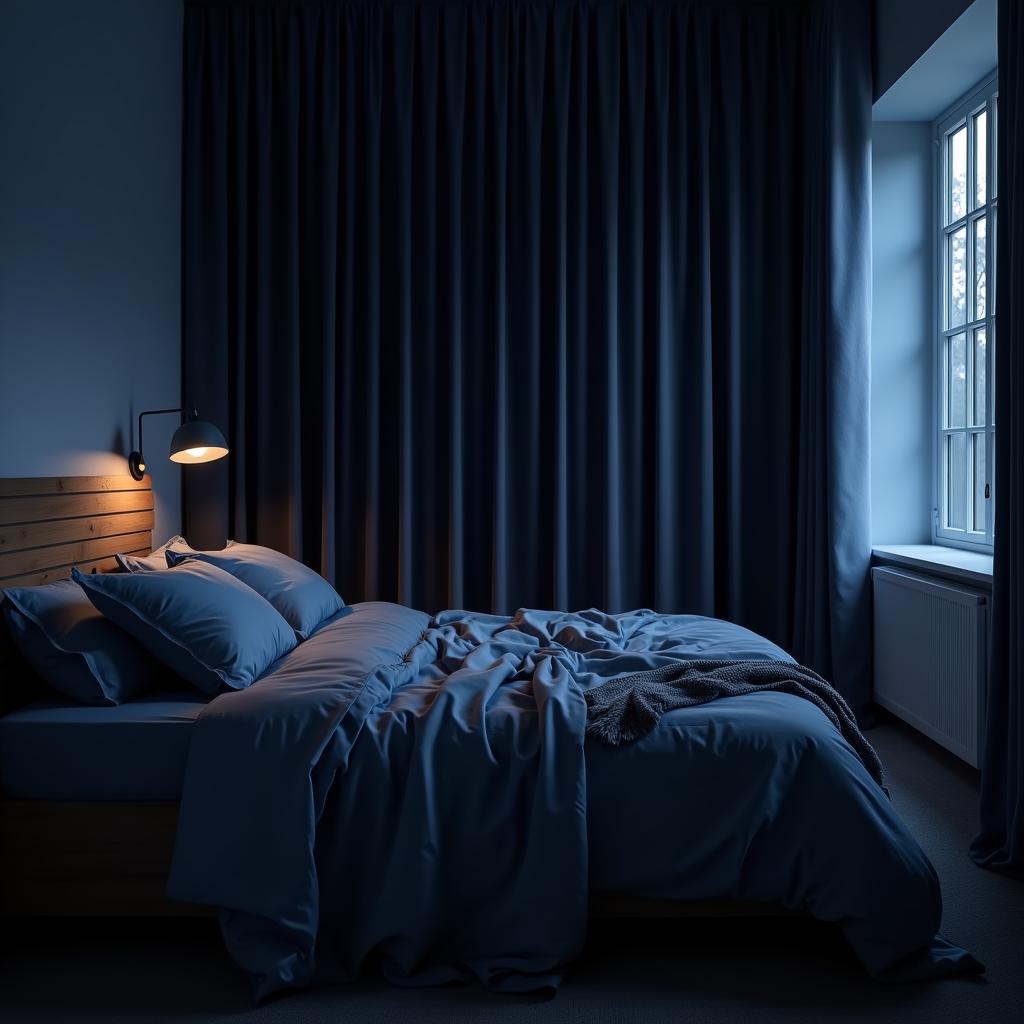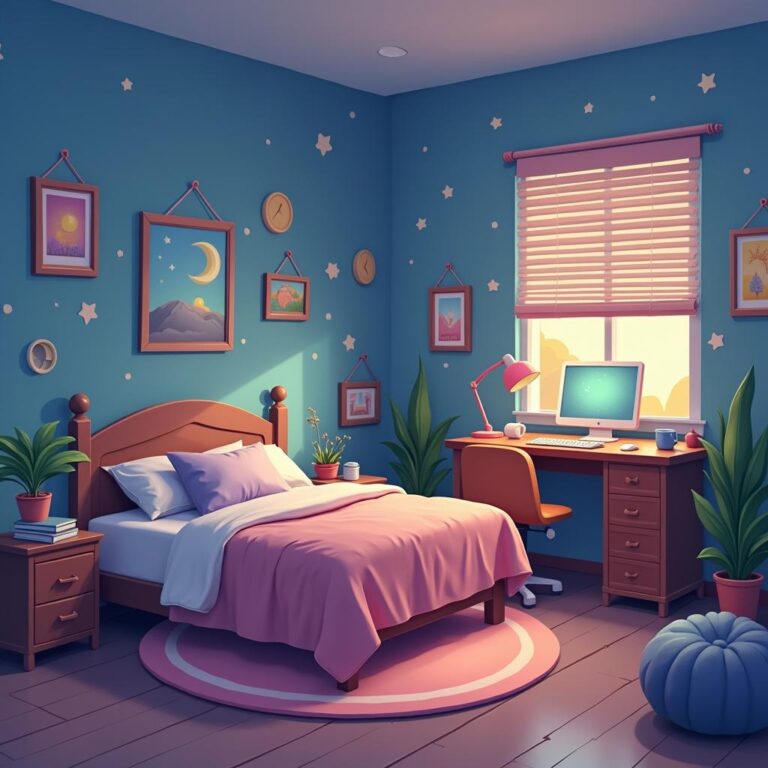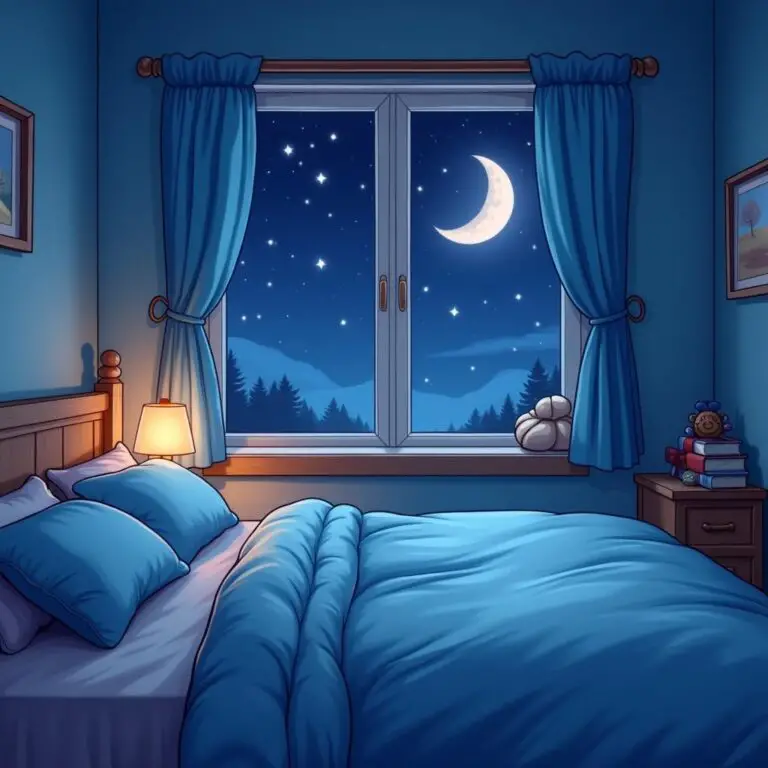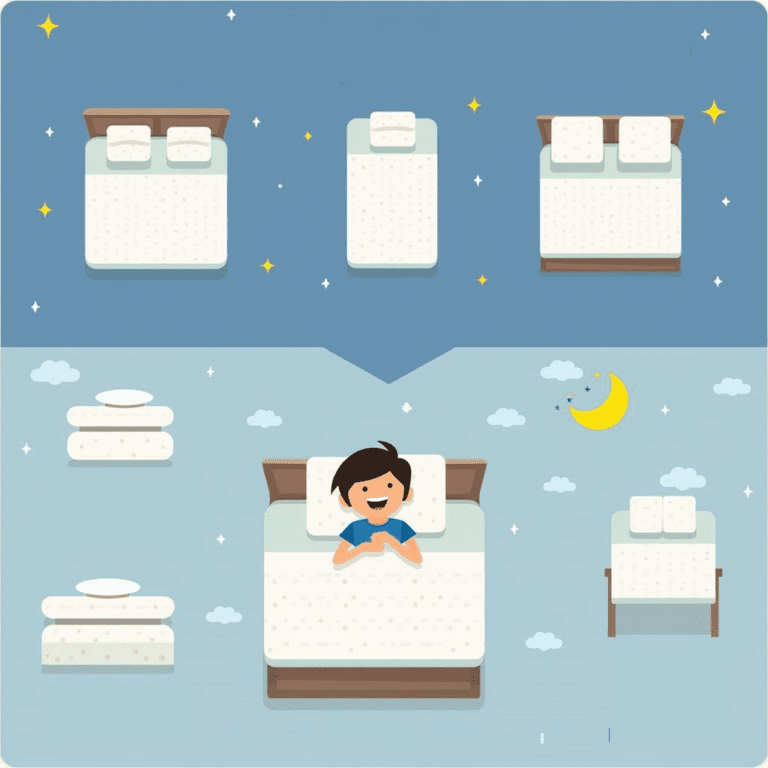Create the Best Sleep Environment for Deep Sleep: Key Factors Explained
In our fast-paced world, the importance of quality sleep can often be overlooked. However, deep sleep plays a crucial role in our overall health, aiding in physical recovery, cognitive function, and emotional well-being. To achieve this restorative state, creating the right sleep environment is essential. In this article, we will explore the best sleep environment for deep sleep, including various factors that contribute to a peaceful night’s rest.
Understanding Deep Sleep
Before we dive into creating the ideal sleep environment, it is crucial to understand what deep sleep is. Deep sleep, or slow-wave sleep (SWS), is a phase of sleep characterized by slow brainwaves, decreased heart rate, and relaxed muscles. This stage is vital for your body to recover and rejuvenate. It is during deep sleep that the body repairs tissues, builds bone and muscle, and bolsters immune function. Furthermore, deep sleep is essential for memory consolidation, helping to process and store information from the day.
Key Factors for an Optimal Sleep Environment
1. Control the Light
Exposure to light significantly influences your sleep cycle. The body’s internal clock, or circadian rhythm, relies on natural light cues. To create the best sleep environment for deep sleep, it is essential to minimize light exposure in your bedroom. Consider the following strategies:
- Use blackout curtains: These curtains effectively block out external light, creating a darker sleeping environment.
- Dim the lights: Before bedtime, use dim lighting to signal to your body that it’s time to wind down.
- Limit screen time: Blue light emitted from phones, tablets, and computers can interfere with melatonin production. Aim to turn off screens at least an hour before bedtime.
2. Temperature Control
The temperature of your sleeping environment plays a critical role in achieving deep sleep. The optimal sleeping temperature for most people ranges between 60 to 67 degrees Fahrenheit (15 to 19 degrees Celsius). Here are some tips to help maintain a comfortable temperature:
- Use fans or air conditioning: These can help maintain a cool breeze, further promoting comfort during sleep.
- Choose breathable bedding: Opt for natural materials like cotton or linen, which help wick away moisture and keep you cool.
- Wear appropriate sleepwear: Lightweight and breathable fabrics can enhance your ability to stay cool throughout the night.
3. Reduce Noise
Noise can be a significant barrier to achieving deep sleep. Whether it’s traffic outside, barking dogs, or a partner’s snoring, disruptive sounds can pull you out of deep sleep. Here’s how to mitigate noise in your sleep environment:
- Use sound machines: White noise machines can mask disruptive sounds and create a calming background noise, aiding relaxation.
- Earplugs: These can be a quick fix for blocking out unwanted noise, especially if you sleep in a particularly noisy area.
- Soft Music or Nature Sounds: Gentle, soothing music or natural sounds like rain can facilitate a peaceful sleeping atmosphere.
4. Comfort of Your Mattress and Pillows
Perhaps one of the most important factors contributing to your sleep environment is your choice of mattress and pillows. A poor-quality mattress can lead to discomfort and restless sleep. To ensure optimal support and comfort:
- Choose the right mattress: Consider your sleeping position (side, back, stomach) when selecting a mattress. A medium-firm mattress is often recommended for a balance of support and comfort.
- Invest in high-quality pillows: Your pillow should support your head and neck properly. Choose one based on your sleeping style—firmer for side sleepers and softer for stomach sleepers.
- Regularly replace bedding: Worn out bedding can affect your comfort levels. Aim to replace pillows every 1-2 years and mattresses every 7-10 years.
5. Incorporate Calming Colors and Decor
The colors and decor of your bedroom can significantly impact your ability to relax and fall asleep. To create a calming sleep environment, consider the following:
- Opt for soothing colors: Soft hues such as blues, greens, and pastels are known to promote relaxation and are ideal for a sleep environment.
- Minimize clutter: A tidy and organized space can reduce anxiety and help you feel more at ease, setting the stage for restful sleep.
- Consider calming decor: Incorporate elements like soft textiles, plants, or nature-inspired artwork to create an inviting atmosphere.
Additional Tips for Enhancing Your Sleep Environment
1. Limit Distractions
Technology can be a major distraction when it comes to sleep. Keep devices out of the bedroom if possible, or at least minimize their use before bed to enhance your environment dedicated to restful sleep.
2. Stick to a Sleep Schedule
Consistency is crucial for maintaining a healthy sleep cycle. Going to bed and waking up at the same time every day reinforces your body’s natural rhythms, allowing you to fall into deep sleep more easily.
3. Create a Relaxing Bedtime Routine
Engage in relaxing activities before bed, such as reading, meditating, or taking a warm bath. Establishing a calming bedtime routine signals to your body that it’s time to wind down, promoting a smoother transition into deep sleep.
Conclusion
Creating the best sleep environment for deep sleep involves a multifaceted approach. By managing light, temperature, noise, comfort, and decor, you can foster an ideal setting for relaxation and recovery. Prioritize these elements to pave the way for restful nights and rejuvenated mornings. Quality sleep is not just a luxury; it’s a fundamental aspect of a healthy life. Invest in your sleep environment today for better health tomorrow.







